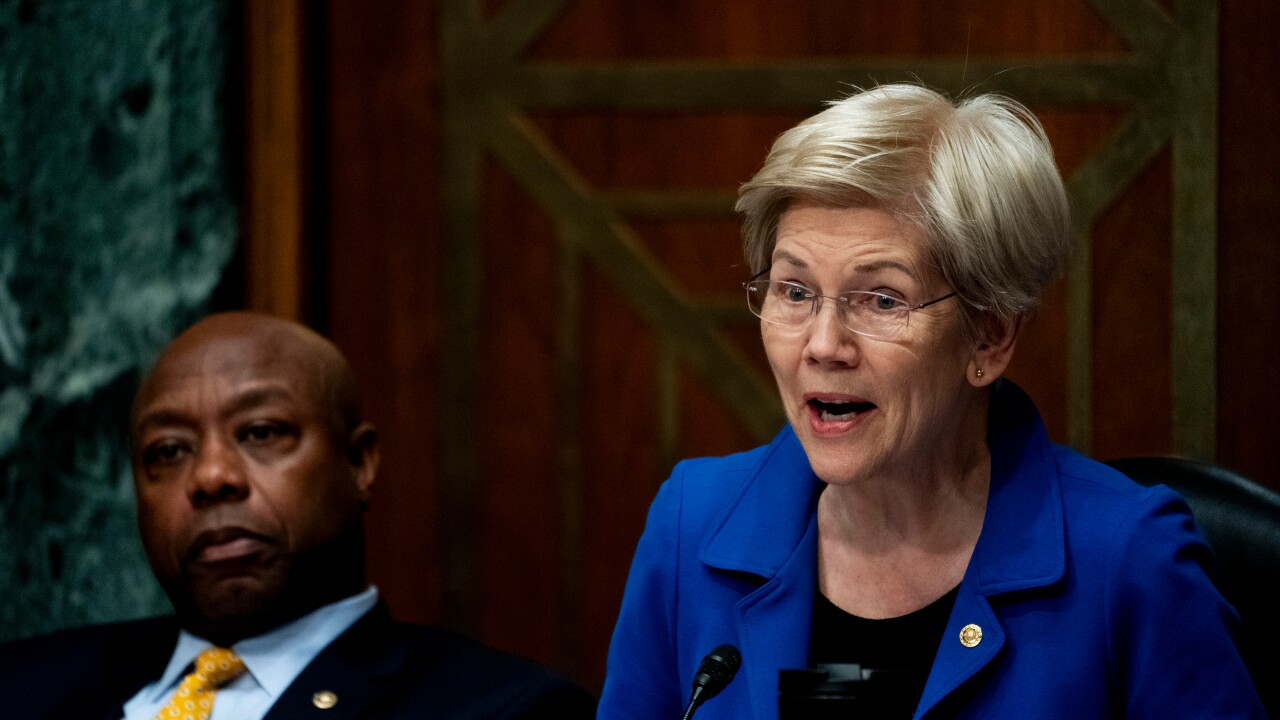-
A bank cited by regulators for lending policies allegedly favoring minorities and women over white males is proof for some of just how frustrating it is for institutions to comply with fair lending laws.
May 7 -
A "simplified" foreclosure review settlement is in borrowers' best interests, even though details remain sketchy, officials from the Office of the Comptroller of the Currency argued Monday.
January 7 -
The public and bankers need to know that the OCC is making sound decisions and doing the right thing. But when it comes to the multi-billion foreclosure settlement, the agency's actions are a failure on both fronts.
March 6
When banks settled allegations that they'd wrongfully foreclosed on the homes of financially strapped, often minority customers, Washington's remedy was
Sound screwy? Here's the backstory.
The $300 compensation for lost homes came after a horrible sequence of
The OCC ultimately admitted to creating a monster and asked for a do-over. Its fix was to pay the majority of foreclosed-upon homeowners $300 eacheven though well over 90% of those receiving "compensation" were deemed to have suffered no harm. For those who had, the payments were a pittance.
Adding the final insult, when checks finally started going out to mortgage borrowers, many promptly bounced due to an administrative glitch. Last week, the
The second case, in which the OCC deemed white males and couples the designated victims, involves a so-called fair lending case and the legal theory of "disparate impact." Under this controversial legal concept, the DOJ has been stepping up its own prosecutions of banks for discriminating against certain clients even when they had no intention of doing so.
The idea here is that equal opportunity is not enough. Banks must also ensure equal outcomes, or face the wrath of federal prosecutors.
All told, the DOJ has settled nine fair lending cases in the past year and a half, a considerably higher rate than in the past. Luther Burbank Savings was dinged last year for a $2 million settlement because its business plan involved offering mortgages for $400,000 and up. Its borrowers tended to be white, and the
The latest man-bites-dog
In this case the victims were white men and married couples. The irony here is that Community First's alleged misdeeds resulted from a program in which it was trying to do good by giving minority borrowers a discountunwittingly resulting in a "disparate impact" on those for whom it was trying to level the playing field.
Bankers truly face a Catch-22 in the lending business these days. Under new "qualified mortgage" rules, the only way they can avoid the risk of getting sued for making allegedly predatory home loans is by offering them only to borrowers with high credit scores and low debt. Since these ultra-safe borrowers tend to skew white, banks fear that staying inside the QM rule's predatory safe harbor will inadvertently open them up to fair lending and disparate impact claims. If instead the bankers go the Community First route, they risk getting sued for unfair lending practices.
None of this justifies bankers' many well-documented misdeeds. But it may help explain why Ed Wehmer, the chief executive of
Goofy indeed.
Neil Weinberg is the editor in chief of American Banker. This post previously appeared on





